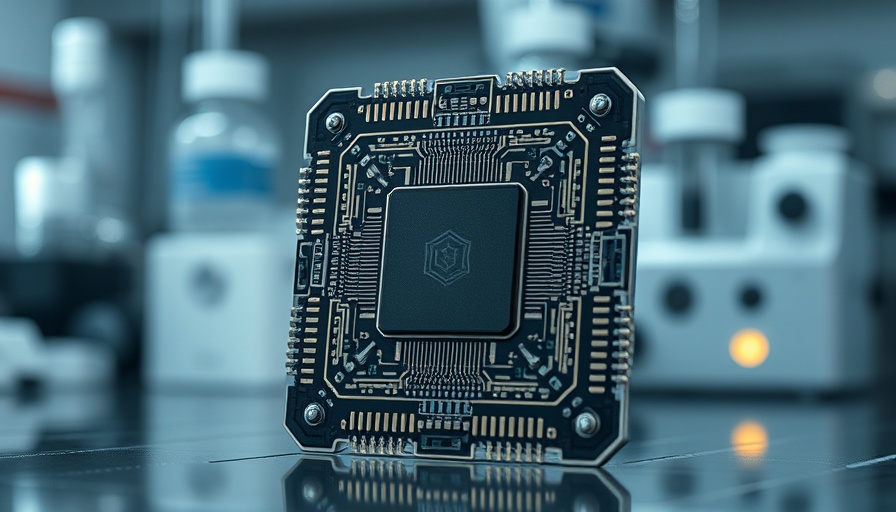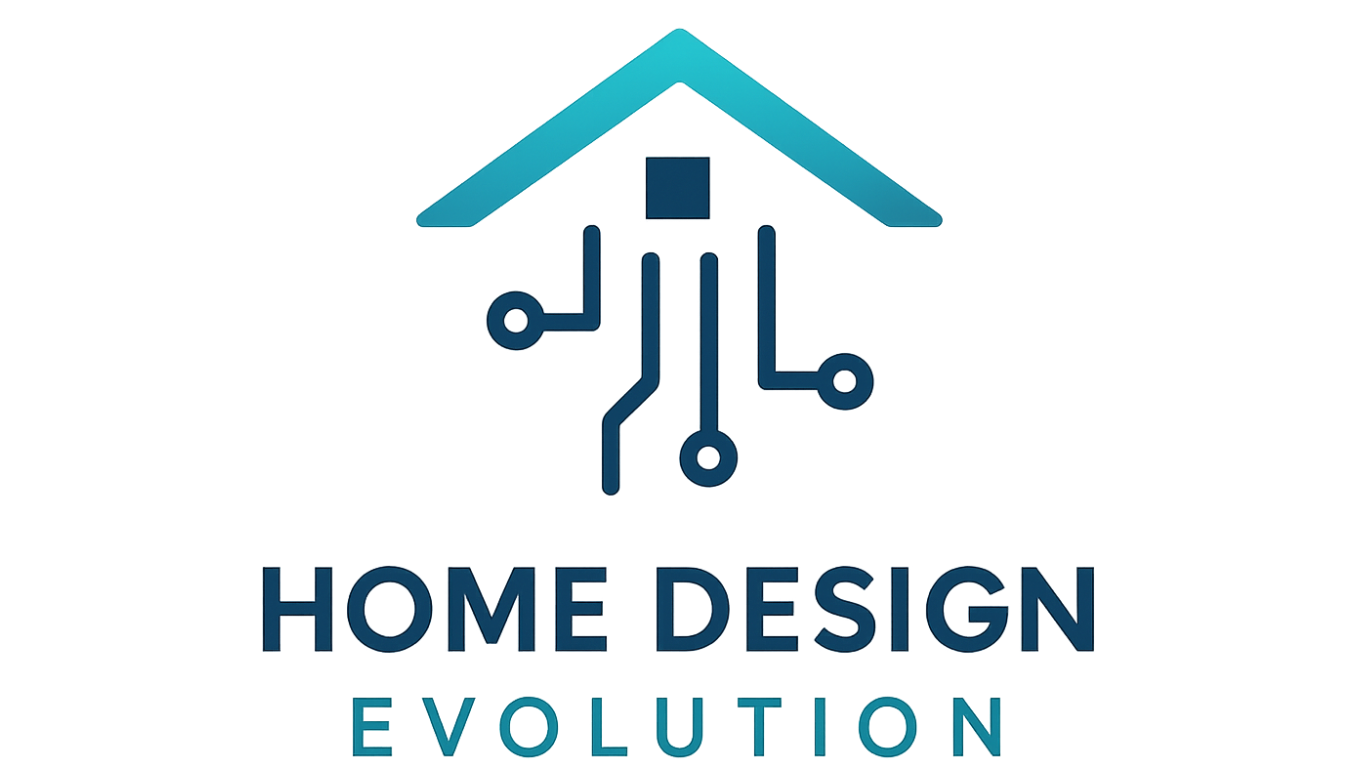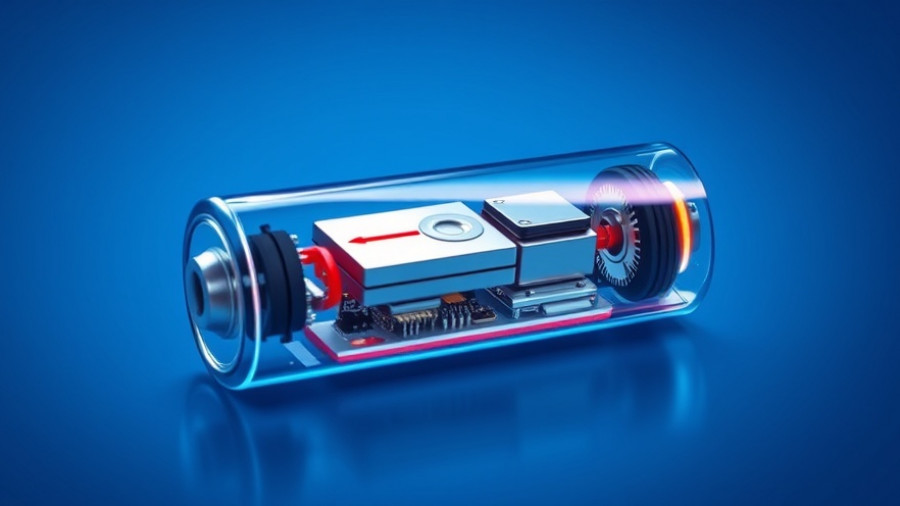
Quantum Computing: The Reality Behind the Hype
In the world of technology, quantum computing (QC) has emerged as a hot topic, leaving many to wonder what all the buzz is really about. Just recently, Google announced a significant breakthrough with its new quantum computer, achieving a computation in just five minutes that would take traditional supercomputers 10 septillion years to complete. This feat not only highlights the potential of quantum computers but sets the stage for what might truly be a transformative phase in computing. With companies like Microsoft and Amazon also entering this race with distinct strategies, we’re witnessing the dawn of quantum technology that many believe could redefine our technology landscape.
In 'Why The Race for Quantum Supremacy Just Got Real', the discussion dives into the current landscape of quantum computing and its implications for technology and sustainability, exploring key insights that sparked deeper analysis on our end.
Understanding Quantum Computing: The Basics
To grasp the gravity of these advancements, it’s essential to understand the basics of QC. Unlike classical computers that rely on binary bits (0s and 1s) to process information, quantum computers utilize quantum bits, or qubits. Thanks to principles of quantum physics, such as superposition and entanglement, qubits can perform multiple calculations simultaneously, drastically increasing computational power. This means tasks that are currently impossible or take an unthinkable amount of time to solve could become manageable within minutes. Imagine how much faster breakthroughs in renewable energy technology, medical research, or even climate modeling could emerge with the help of these machines!
The Race for Quantum Supremacy: Who’s Leading?
While Google has made waves with its impressive qubit count of 105 using its new chip, Willow, it’s crucial to recognize that both Microsoft and Amazon are pursuing unique avenues to tackle similar problems. Microsoft’s Majorana 1 chip employs a theoretically robust qubit design that has yet to be satisfactorily proven, while Amazon's Ocelot emphasizes efficiency, using fewer qubits and cutting costs significantly in error correction. Each company’s approach reflects the complexity of developing practical quantum technology and the various methods required to overcome the existing limitations in error rates.
The Challenges Ahead: Decoherence and Error Correction
Despite the excitement, the challenges are far from trivial. Quantum computers are highly sensitive; their qubits can easily collapse due to factors like temperature changes or electromagnetic interference. This phenomenon, known as decoherence, means that current error rates, which range from 0.1% to 1%, render quantum computers unreliable for most applications. For QC to be truly effective, we need to ensure that the error rates drop to significantly lower levels, around one in ten billion, before they can be deployed in industries like pharmaceuticals or climate science actively.
The Future: What Can We Expect?
As we look to the future, the current projections are optimistic. A recent study indicated that 75% of quantum computing experts believe that we will reach a more practical implementation level by 2032. However, it’s worth noting that while hardware developments are progressing, software still lags behind. There’s a clear need for effective error correction algorithms, or “autocorrect for atoms,” which will be a critical part of making quantum computing valuable in real-world scenarios.
Real-World Applications: Beyond Theory
For environmentally conscious homeowners, the potential applications of quantum computing may feel like something out of science fiction. However, they could soon bring significant benefits to daily life. From enhancing energy-efficient technologies to improving resource management, quantum advancements could usher in a new era for sustainable living. Imagine homes equipped with systems that can rapidly analyze and adapt energy usage in real-time, leading to reduced costs and environmental impacts. The fusion of QC and sustainability may open unprecedented doors in our quest to create greener living spaces.
Conclusion: The Journey Ahead
While the landscape of quantum computing is still evolving, one thing is clear—the race for practical applications is underway, and the stakes are high. As companies navigate their paths to quantum supremacy, delays should not overshadow the potential rewards. For those interested in sustainable technology, the breakthroughs in quantum computing could lead to innovative solutions that significantly impact the way we interact with the world around us. Now is the time to stay informed, embrace change, and explore the ways technology can lead to a better and more sustainable future.
If you’re excited about the future of technology and sustainability, follow along as we explore how breakthroughs in quantum computing could enhance your living space and contribute to greener homes. Let’s engage in a discussion about how we can navigate these changes together!
 Add Row
Add Row  Add
Add 



Write A Comment